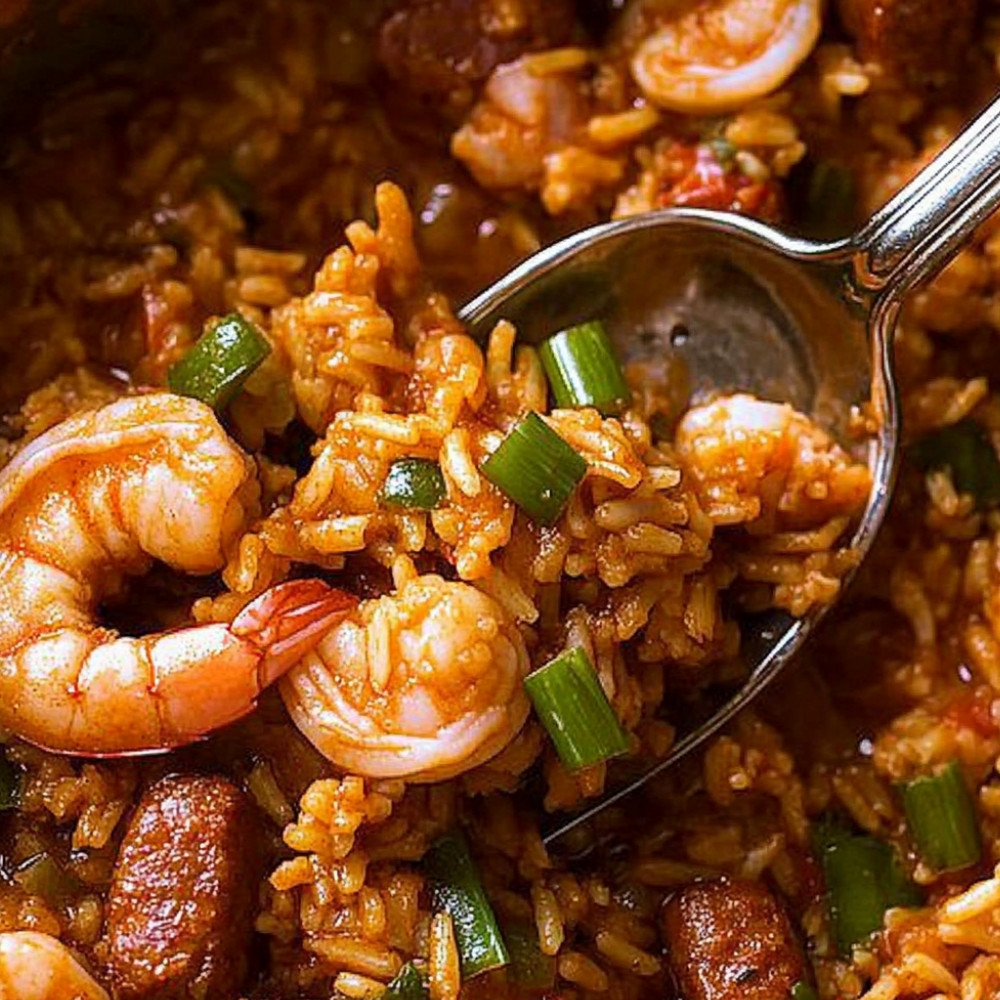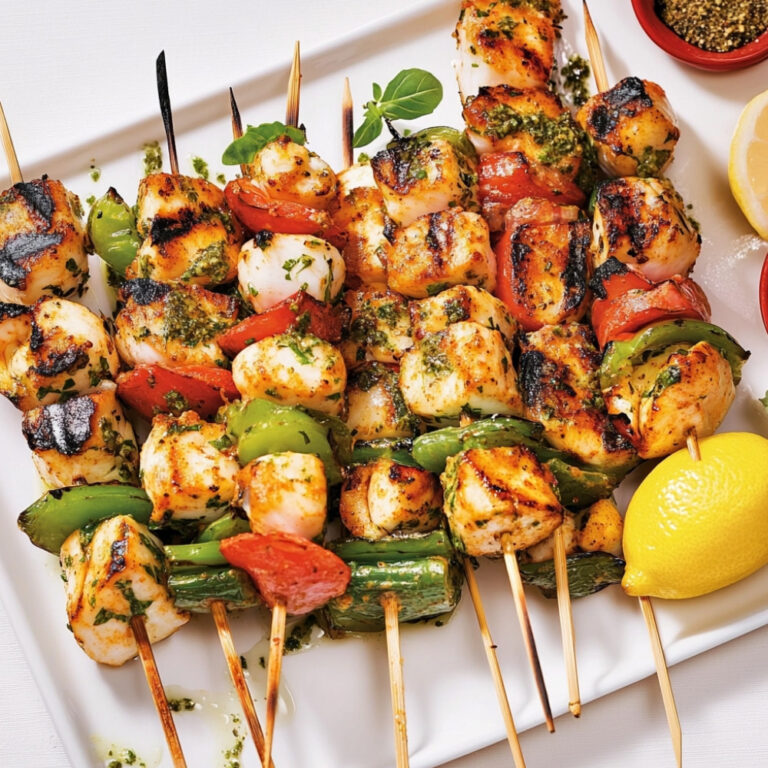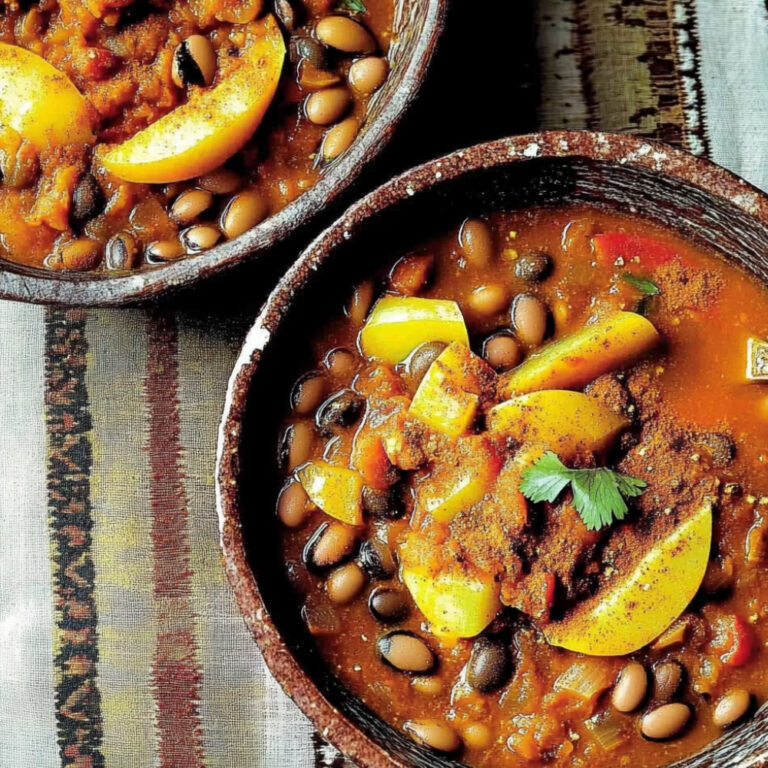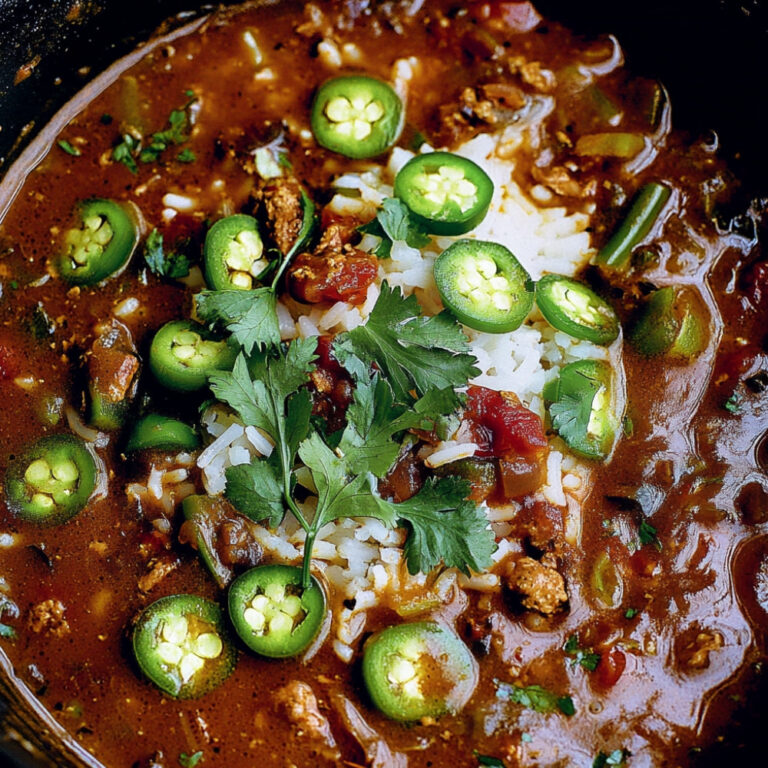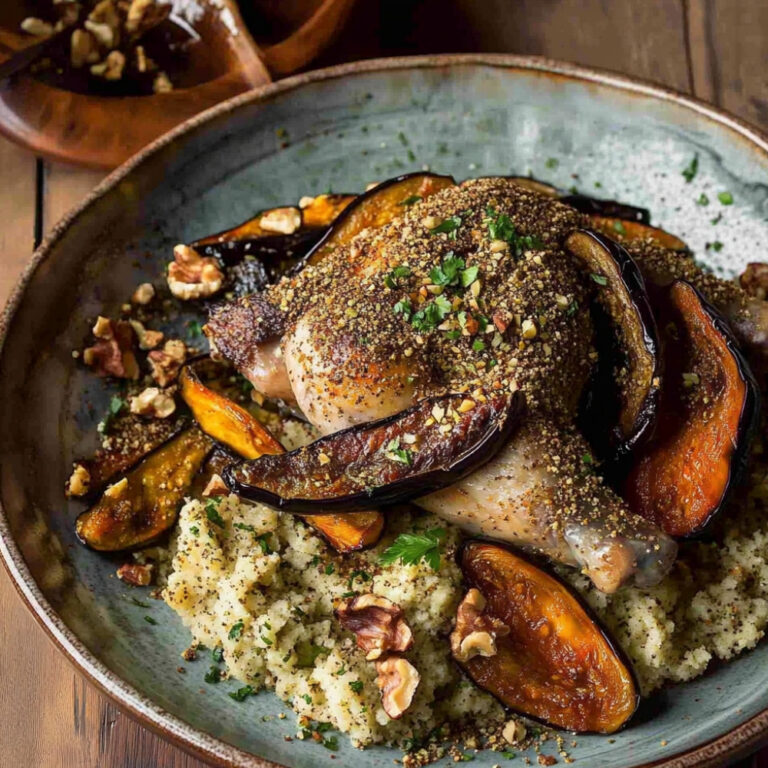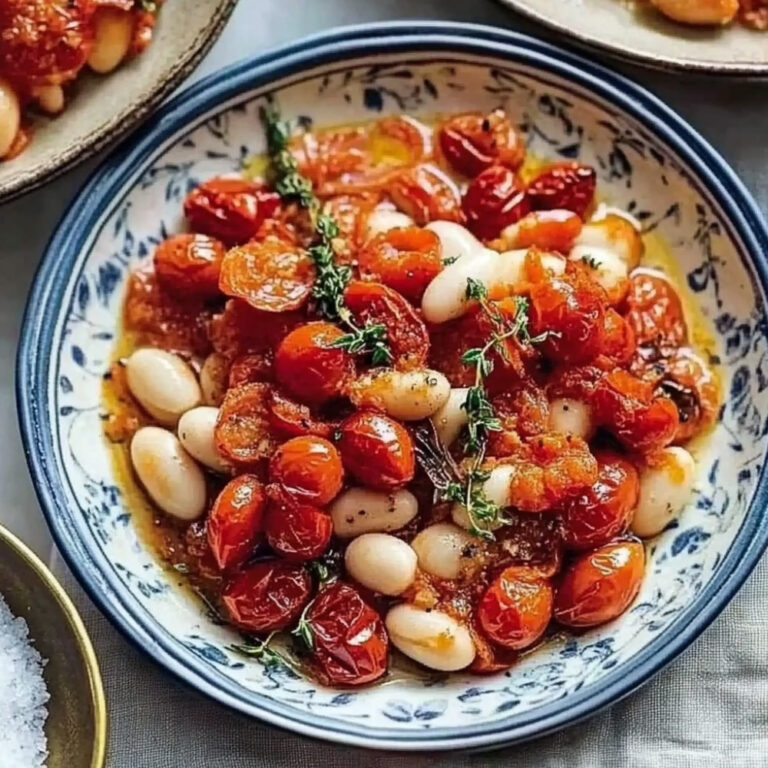Jambalaya Recipe
Oh, jambalaya… where do I even start? It’s one of those dishes that wraps you in a warm hug, you know? A beautiful blend of rice, chicken, shrimp, and sausage, all simmered together with colorful veggies and those rich, aromatic spices. Seriously, when I make this, just the smell wafting through the kitchen is enough to make my mouth water. It’s like, all the flavors come dancing together in your mouth, and every bite is a little celebration on its own. Perfect for gatherings, family dinners, or honestly, just because you feel like having something exciting for dinner!
Why You’ll Crave It
- It’s a one-pot wonder—less cleanup means more time to enjoy good food!
- Each spoonful is packed with flavor, it’s like a little party in your mouth…
- Totally customizable—throw in any protein or veggies you have on hand!
- Great for meal prepping… you can make it ahead and just reheat!
- Impressive enough for guests, but simple enough for a weeknight dinner!
The first time I made this, I swear my family almost fought over the last serving…
What You’ll Need
- Rice: 1 cup of long-grain rice works best, fluffy and nice when done
- Chicken breasts: 1 pound, diced into bite-sized pieces
- Andouille sausage: 8 ounces, sliced up for that smoky kick
- Shrimp: 8 ounces, peeled and deveined, preferably fresh
- Bell pepper: 1, diced, adds a sweet crunch
- Onion: 1, diced, always a must for flavor
- Celery: 2 stalks, diced, for that herbaceous bite
- Garlic: 3 cloves, minced, because garlic makes everything better…
- Crushed tomatoes: 1 can (14 ounces) for sweetness
- Chicken broth: 3 cups, the base of all those lovely flavors
- Bay leaves: 2, a seasoning powerhouse
- Thyme: 1 teaspoon, adds a hint of earthiness
- Paprika: 1 teaspoon, for that subtle smokiness
- Cayenne pepper: 1/2 teaspoon, adjust for heat—it can get spicy!
- Salt: to taste, because seasoning is key
- Black pepper: to taste, adds a kick
- Green onions: for garnish, fresh and pretty!
Easy How-To
Prep Your Ingredients
Okay, so first things first, gather all your goodies—rice, proteins, veggies, spices, and broth. It helps to have everything chopped and measured out, trust me, it makes the cooking flow so much smoother… and less chaotic! Seriously, don’t you hate it when you’re scrambling to chop while something is sizzling? Ugh.
Sauté the Aromatics
In a big ol’ pot, heat up some oil over medium heat. Toss in your diced onion, bell pepper, and celery. You want to sauté these guys for about 5 minutes or so, just until they’re softened and starting to look all shiny and translucent. Those scents… oh, they’ll get your taste buds awake!
Cook the Proteins
Next, in goes the sliced sausage. Cook until it’s browned and really aromatic, then add the diced chicken. You’ll want to cook it until there’s no pink showing. Finally, add in the shrimp and let those cook for just about 2-3 minutes until they’re a nice pink color. Don’t overdo them, or they’ll get tough!… Trust me on this one.
Add Spices and Tomatoes
Now, stir in your minced garlic, Cajun seasoning (because we love bold flavors, right?), thyme, and the crushed tomatoes. Cook everything for a minute… just to let those flavors meld.
Combine Rice and Broth
Time to throw in that uncooked rice, stir it around to mix it in, then pour in the chicken broth. Bring it all to a boil… you want that bubbling excitement!
Simmer the Jambalaya
Once it’s boiling, just turn down the heat to low, cover it up, and let it simmer for about 20-25 minutes. Don’t lift that lid! You want the steam to keep everything cooking evenly and to trap all those lovely flavors in there… so patience!
Fluff and Serve
After that 25 minutes, take the pot off the heat. Let it rest, still covered, for another 5 minutes. This is important, so don’t skip it! Then, fluff the jambalaya with a fork… it’ll be all fluffy and perfect!
Garnish and Enjoy
And there you go! Serve it hot, and if you’re feeling fancy, top it off with some chopped parsley or green onions. Looks good, right?
Good to Know
- Leftover jambalaya can hang out in your fridge for about three days—just reheat it thoroughly.
- You can totally swap proteins—feel free to experiment with tofu or other veggies for a vegetarian twist!
- If you like it spicier, add more Cajun seasoning or some hot sauce to kick things up a notch!
Serving Ideas
- Serve with a simple green salad on the side for a refreshing contrast.
Top Tricks
- If you have leftover broth, use that instead of water when reheating—just a splash can boost flavor!
Frequently Asked Questions
Can I use different types of meat in jambalaya?
Absolutely! You can mix it up with chicken, sausage, shrimp… it’s really flexible, so use what you like!
What type of rice is best for jambalaya?
Long-grain rice is best—like jasmine or basmati. They stay fluffy and don’t clump together!
Can I make jambalaya in advance?
For sure! You can make it ahead of time and just reheat it before serving. If it seems a bit dry, just add a splash of broth when you warm it up.
Is jambalaya spicy?
Well, it can be! It really depends on the sausage and how much seasoning you use. You can adjust the heat to your liking!
What’s the difference between jambalaya, gumbo, and paella?
Good question! Jambalaya is a one-pot rice dish, gumbo is a thick stew served over rice, while paella has its own Spanish flair with saffron and specific flavors. All delicious in their own right!
Conclusion
So there you have it, jambalaya is more than just a meal—it’s comfort on a plate! Packed with vibrant flavors and textures, it truly brings a taste of Louisiana to your kitchen. No matter what excuse you cook it for, you’re guaranteed to impress your friends and family. So why wait? Dive in and create your own jambalaya feast!
More recipes suggestions and combination
Gumbo
Gumbo is another fantastic Louisiana dish—thicker, savory, and can include a mix of meats similar to jambalaya.
Paella
Try a Spanish paella for a different twist. With saffron and a variety of seafood, it’s rich and flavorful!
Risotto
For a creamy alternative, make risotto with chicken or shrimp, stirred until it’s perfectly creamy and comforting.

